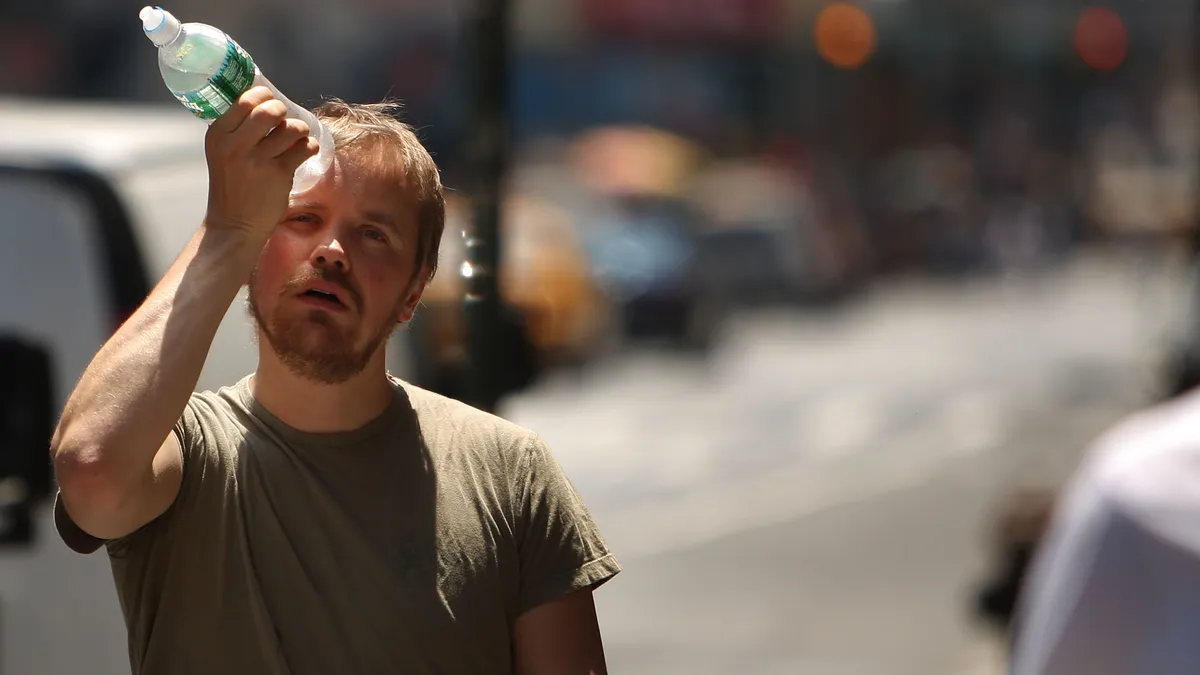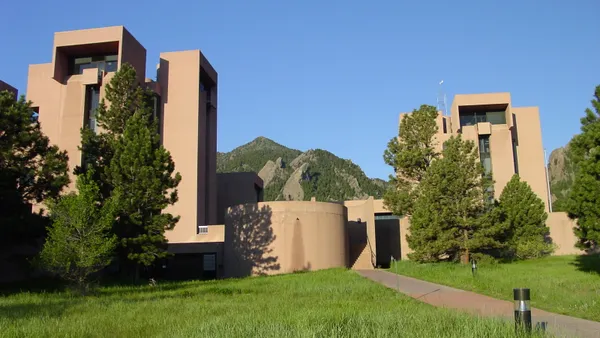This week brings a new heat dome over the Central and Southwest United States — the same type of weather phenomenon that resulted in record-breaking temperatures in many parts of the country in June. Regardless of a city’s geography, cities everywhere are now having to adapt to more dangerous summers.
“Cities that are used to hot weather need to prepare for even longer periods of sweltering heat and cooler cities need to prepare for levels of extreme heat that they are not accustomed to,” C40 Cities Executive Director Mark Watts said in a statement earlier this summer. C40 noted that some mayors are increasing green spaces and expanding cool roof programs, but the range of strategies different cities are employing is vast.
New York City, for instance, recently released data indicating there are approximately 370 heat-related deaths among city residents each year, with mortality rates two times higher among Black residents than White residents. Deaths aren’t just from heat stress directly — the majority are “heat-exacerbated deaths,” when heat worsens chronic conditions like heart disease, the report states. To lessen extreme heat and its impacts, NYC said it provided “substantial funding” for air conditioning for low-income seniors and has sought to create cool outdoor spaces, planted trees and invested in painting cool roofs.
Other types of urgent measures or new solutions that cities have announced this summer include:
Chief heat officers
Miami and Phoenix were some of the first major U.S. cities in the past couple of years to name positions in city government specifically focused on heat response. Los Angeles followed that trend last month when it appointed Marta Segura, the city’s director of the Office of Climate Emergency Mobilization, to also serve as the city’s chief heat officer. California is also considering establishing such a position at the state level. According to a Q&A with Segura that was published last week by Kaiser Health News, the city is launching a social media public health awareness campaign in English and Spanish and Segura will work across departments to establish an early-warning system for heat waves, among other steps.
Cooling centers and resilience hubs
As heat intensifies, cities across the U.S. are opening and reopening cooling centers or stations — often at libraries or rec centers — as places that can temporarily serve as air-conditioned refuges for people in need amid heat advisories. In a more permanent sense, Tempe, Arizona, is hoping to have a resilience hub active by next summer as the city acknowledges the potential for an extreme heat disaster. The hub will in part serve as a one-stop shop for people, regardless of housing status, to use a walk-in freezer, retrieve ice, have air conditioning and more.
Changes to building requirements
Chicago this spring recorded multiple deaths in an apartment complex during a heat wave. The city council has since taken legislative action to require new protections for cool building environments, particularly in housing for people 55 and over. Buildings will be required to operate cooling and dehumidification systems when the heat index exceeds 80 degrees, and permanent air conditioning must be a fixture in all newly-constructed daycares, pre-K-12 schools and residential building projects. The city is requiring temporary cooling infrastructure to be in place by the end of this month, and permanent infrastructure in place by spring of 2024.













